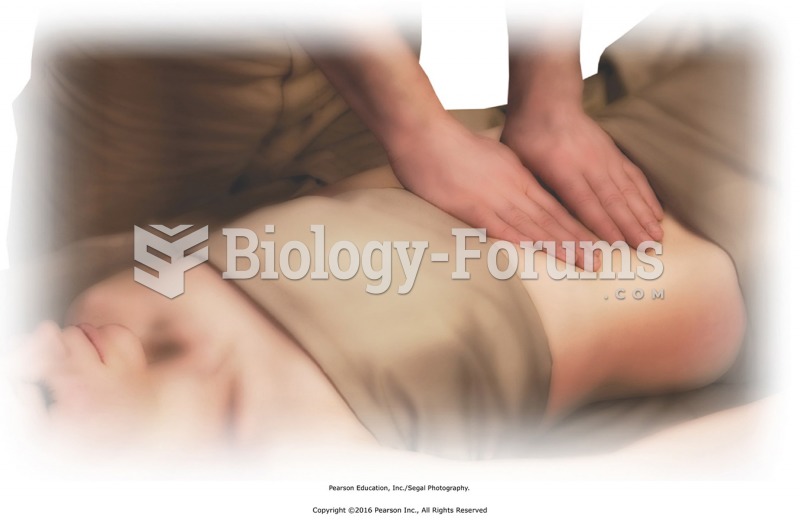Answer to Question 1
Answer: One of the attractions of podcasting is the conversational, person-to-person feel of the recordings, so unless you need to capture exact wording, speaking from an outline and notes rather than a prepared script is often the best choice. However, no one wants to listen to rambling podcasts that take several minutes to get to the topic or struggle to make a point, so don't try to make up your content on the fly. Effective podcasts, like effective stories, have a clear beginning, middle, and end. The completing step is where podcasting differs most dramatically from written communication, for the obvious reason that you are recording and distributing audio or video files. Particularly for more formal podcasts, start by revising your script or thinking through your speaking notes before you begin to record. The closer you can get to recording your podcasts in one take, the more productive you'll be. Most personal computers, smartphones, and other devices now have basic audio recording capability, including built-in microphones, and free editing software such as Audacity is available online. These tools can be sufficient for creating informal podcasts for internal use, but to achieve the higher production quality expected in formal or public podcasts, you'll need additional pieces of hardware and software. These can include an audio processor (to filter out extraneous noise and otherwise improve the audio signal), a mixer (to combine multiple audio or video signals), a better microphone, more sophisticated recording and editing software, and perhaps some physical changes in your recording location to improve the acoustics.
Answer to Question 2
Answer: TRUE
Explanation: Podcasting is the process of recording audio or video files and distributing them online via RSS subscriptions, in the same way that blog posts are automatically fed to subscribers. Podcasting combines the media richness of voice or visual communication with the convenience of portability. Audiences can listen or watch podcasts on a blog or website, or they can download them to phones or portable music players to consume on the go. Particularly with audio podcasts, the hands-off, eyes-off aspect makes them great for listening to while driving or exercising.







